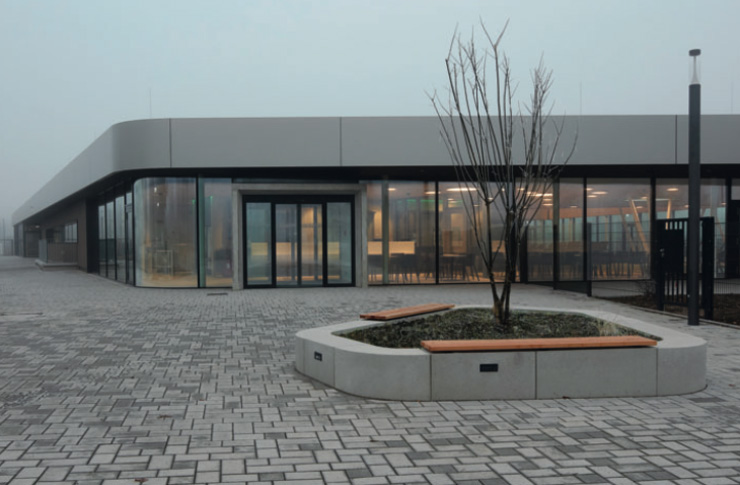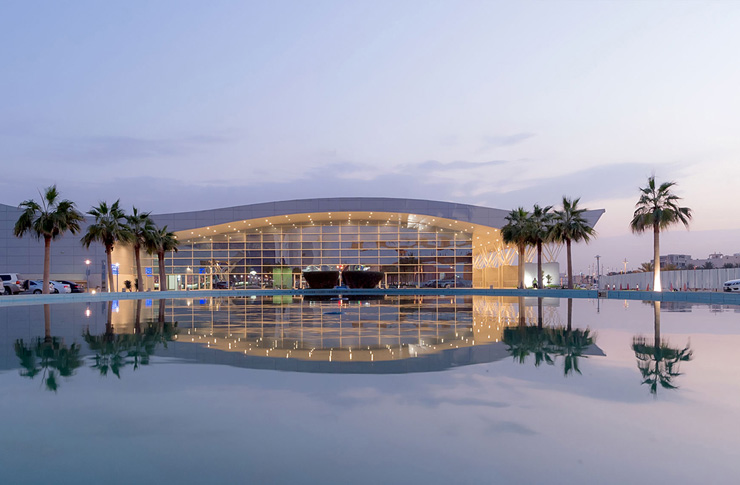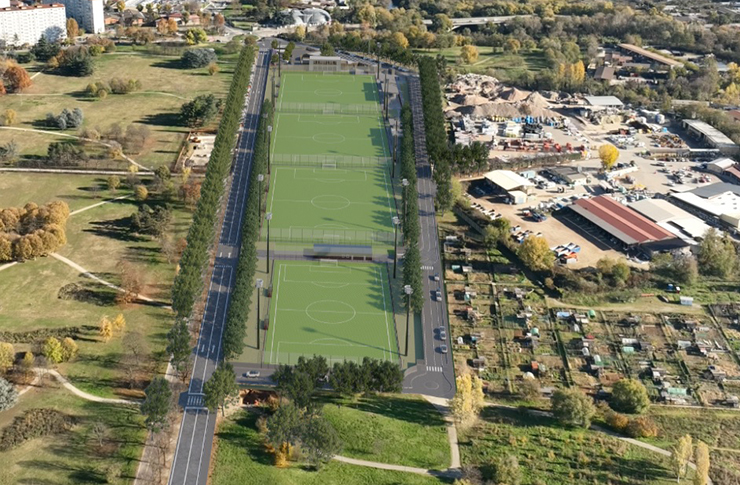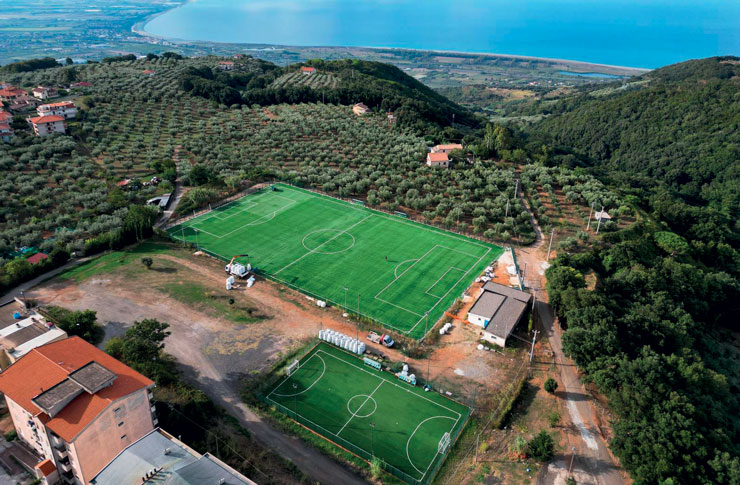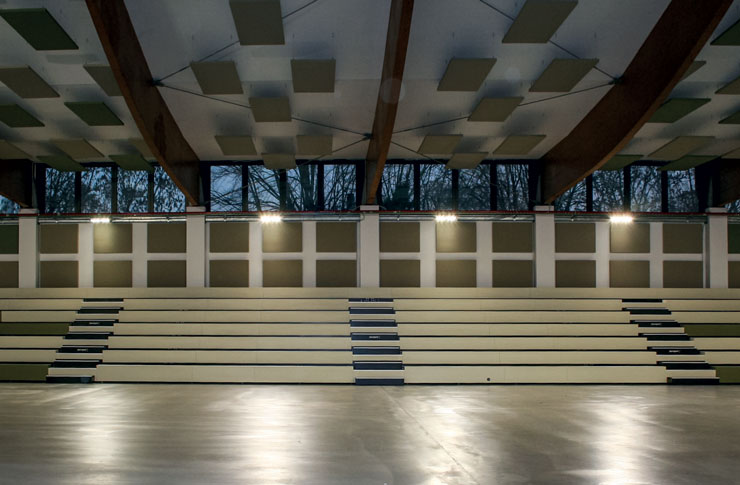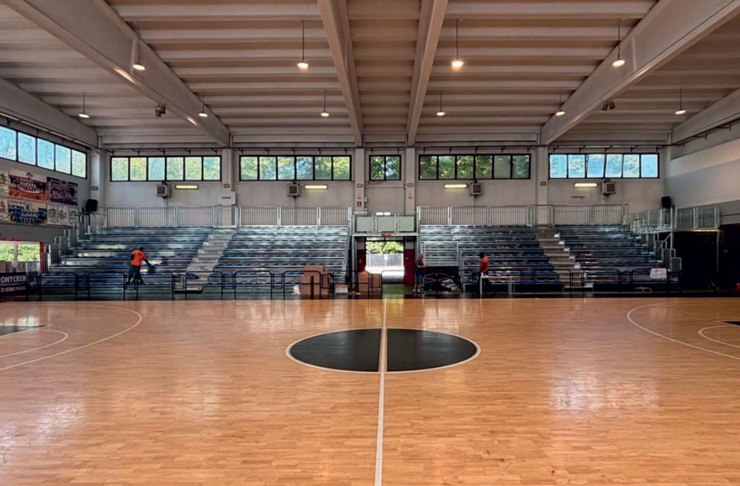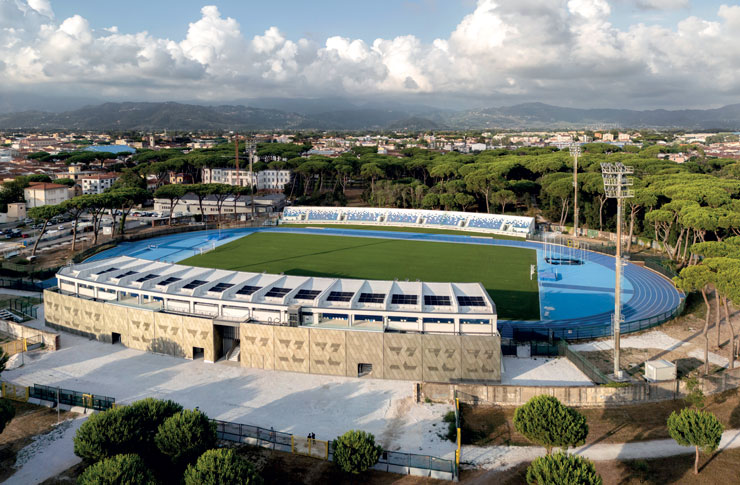There is one year to go until the PNRR deadline, when all the projects financed must be concluded. the state of play.
PNRR, Italian-style resilience

(Ph. Artem Avetisyan)
Relying on Openpolis (www.openpolis.it) for an overall monitoring of the Plan on the basis of the data made public on 31 March, we note that the expenditure disbursed with respect to the total PNRR funds is 33.8%: the remaining two-thirds should therefore be spent in the next fifteen months.
The delays are evident, and on the other hand the government, faced with implementation difficulties, has already submitted five requests to update the initial Plan.
And how is it going in our branch? We have repeatedly given figures on sports facilities on these pages and in our training meetings; and a great deal of work, financed in whole or in part with PNRR funds, is undoubtedly in progress and often only thanks to the deadlines imposed by European regulations.
But the spirit of the National Recovery and Resilience Plan has been interpreted – so to speak – in the Italian way.
The word âresilienceâ – taken from dictionaries – is, in physics, the property of materials to absorb an impact without breaking; translated into psychology, it is the ability of an individual to face and overcome a traumatic event. The European Commission, with the Next Generation EU programme (declined in Italy by the PNRR) intended to finance interventions âwithin a design of revitalisation and transition towards an economy that is more sustainable and better prepared to manage climatic, economic and health crisesâ, i.e. more âresilientâ.
But an extraordinary maintenance programme – for example – within a sports centre, which is carried out using PNRR funds, to what extent does it contribute to the transition towards a more sustainable and âresilientâ economy, without its coordination with all other similar initiatives?
The main flaw in the grounding of the Plan (even before its execution) was the lack of a real wide-ranging plan. The scattering of funds that episodically fed the projects lying in the drawers of public administrations is a sign of the lack of an overall vision, of a true âdesignâ.
With the consequence that, having drained all possibilities for action by 2026, we risk having nothing left to realise in the following years, and without having built up greater resilience.


